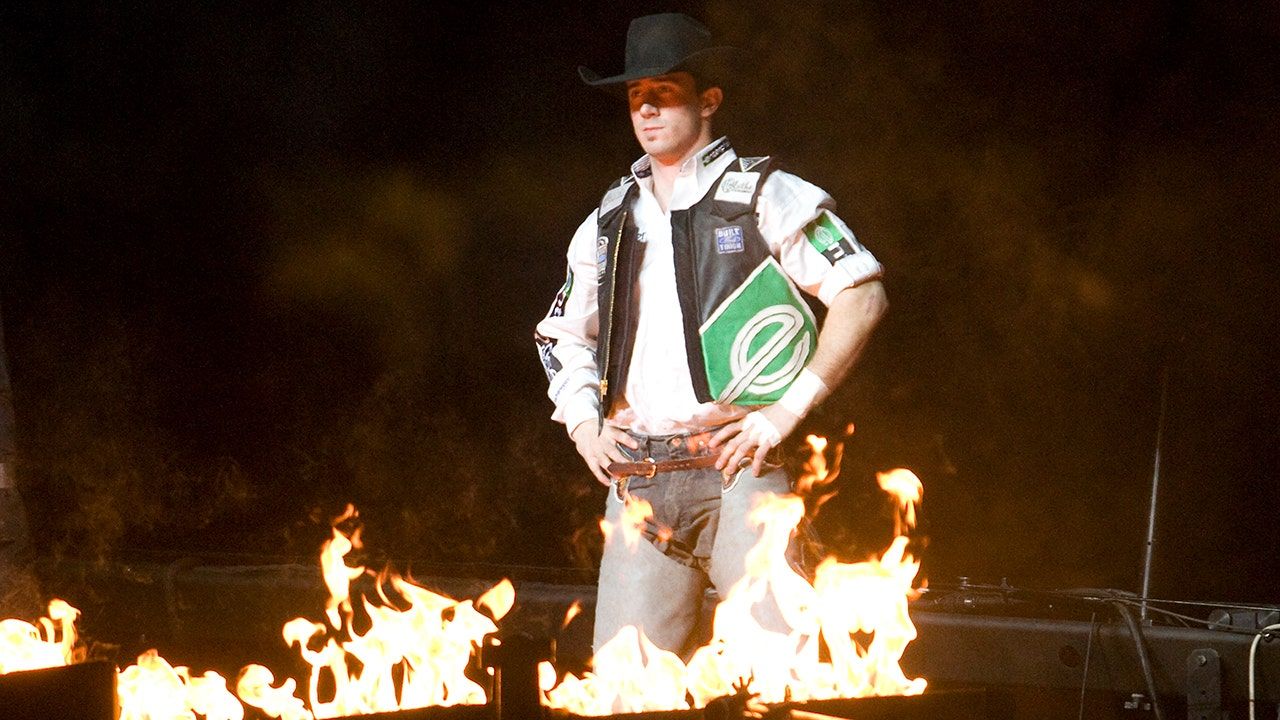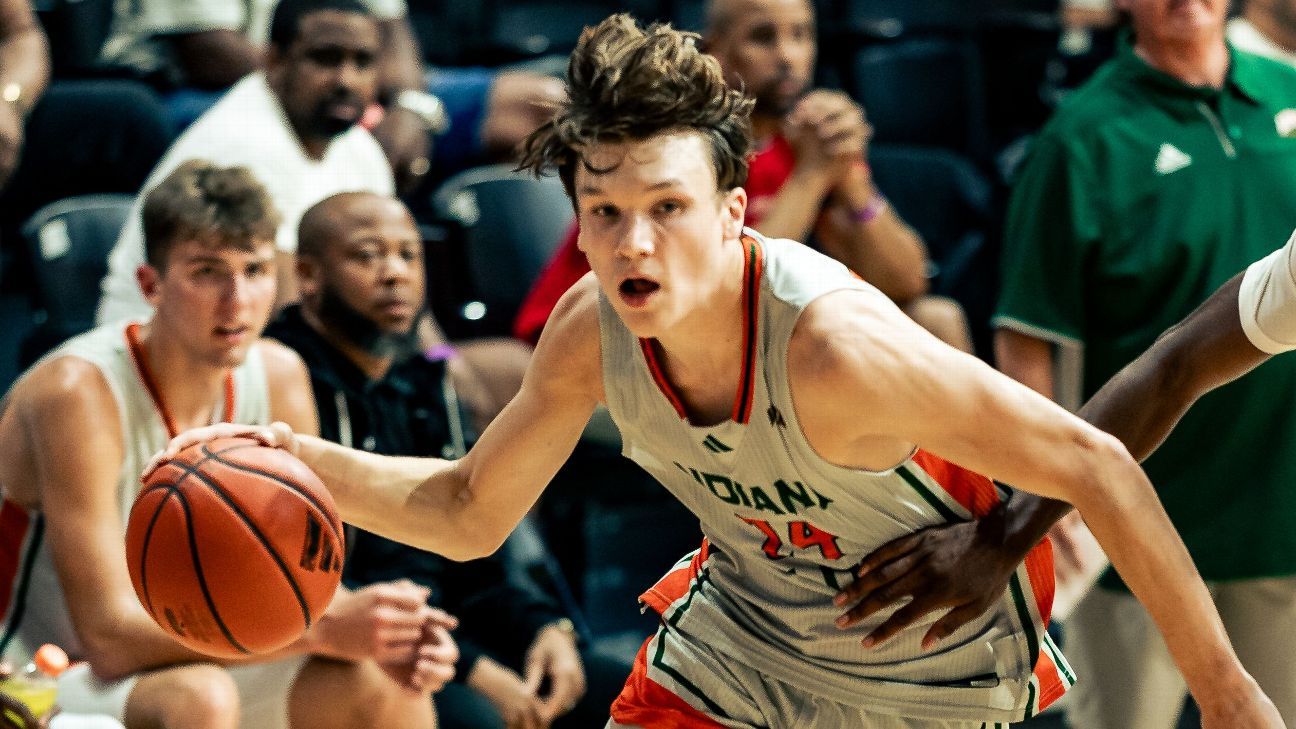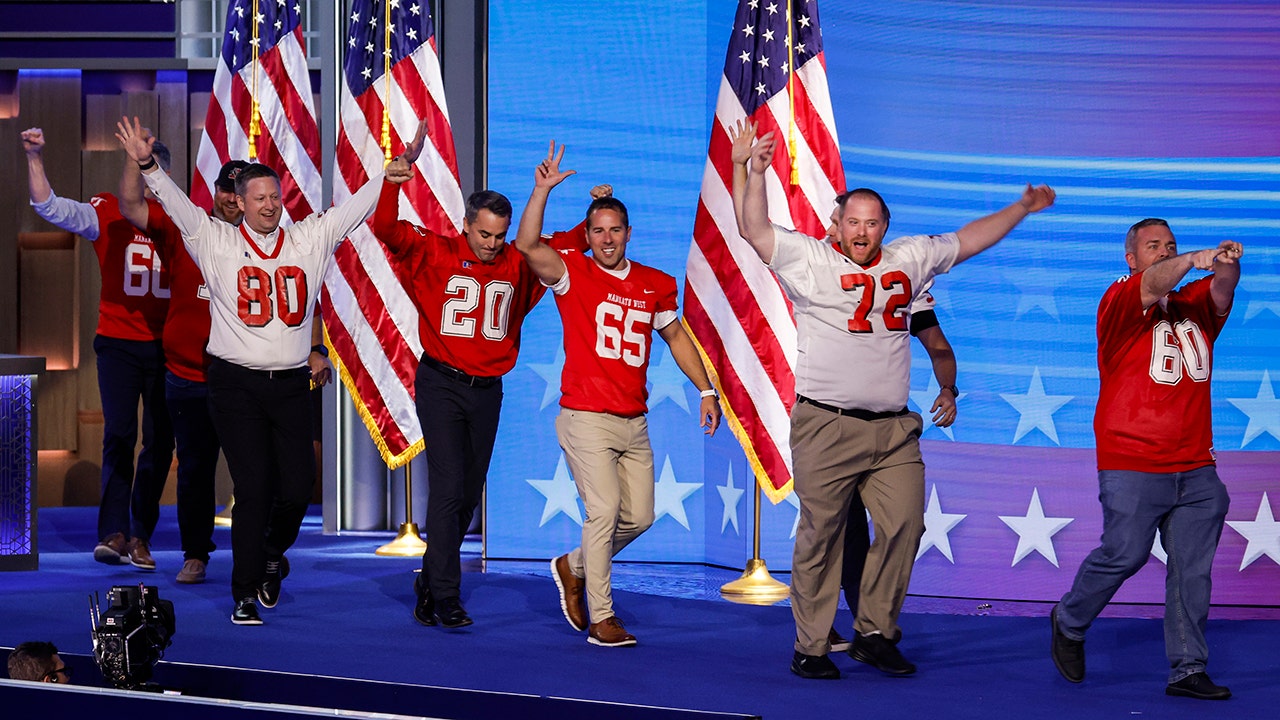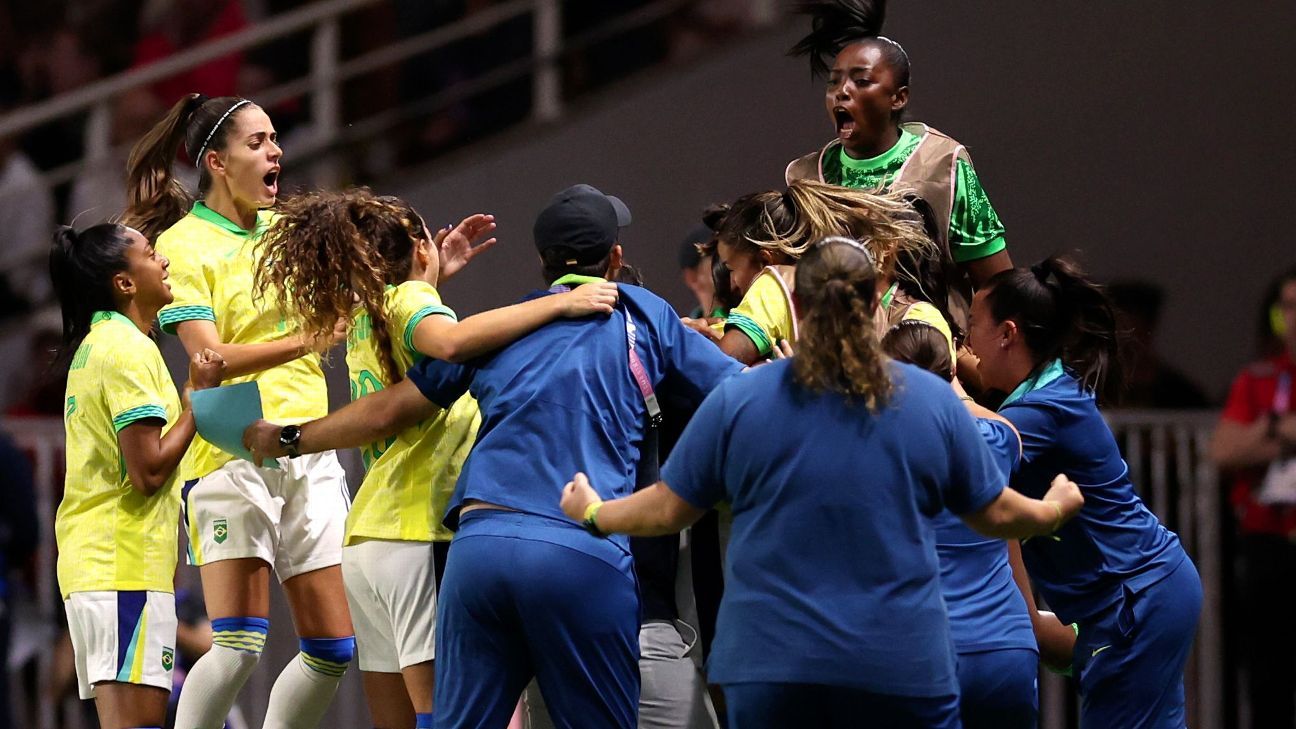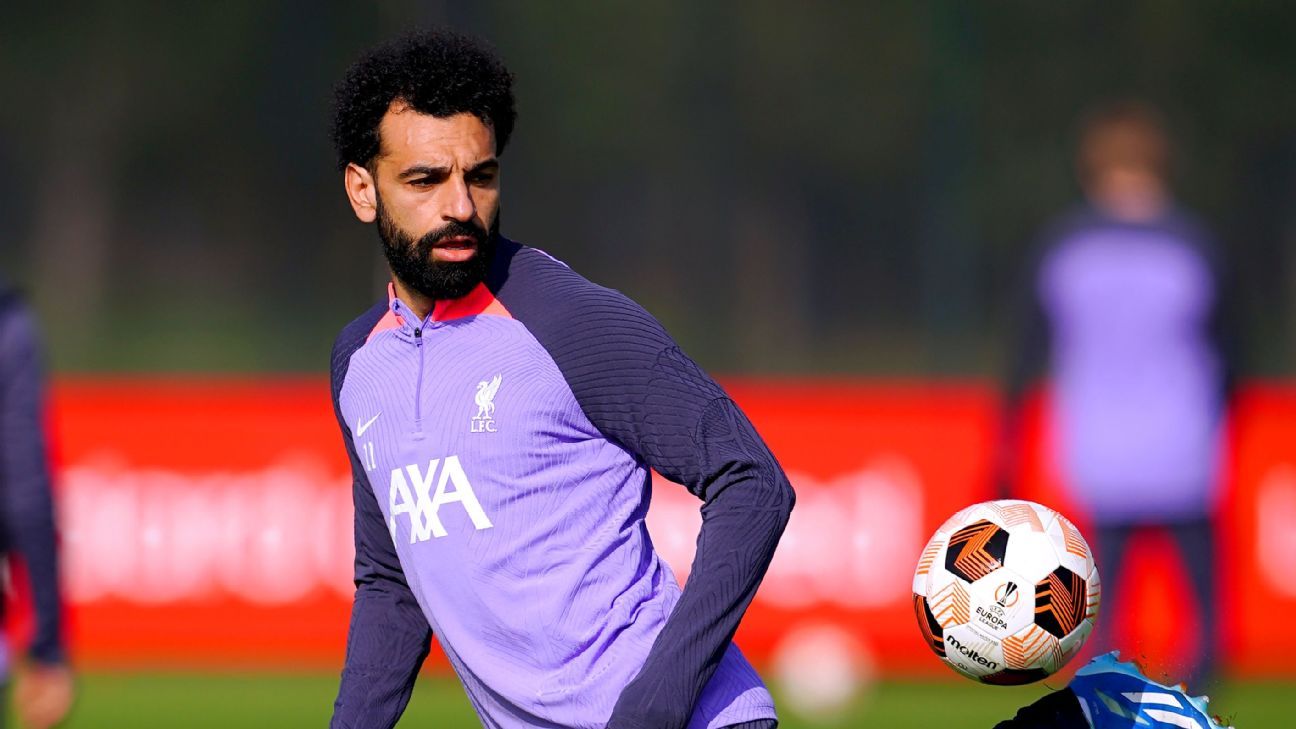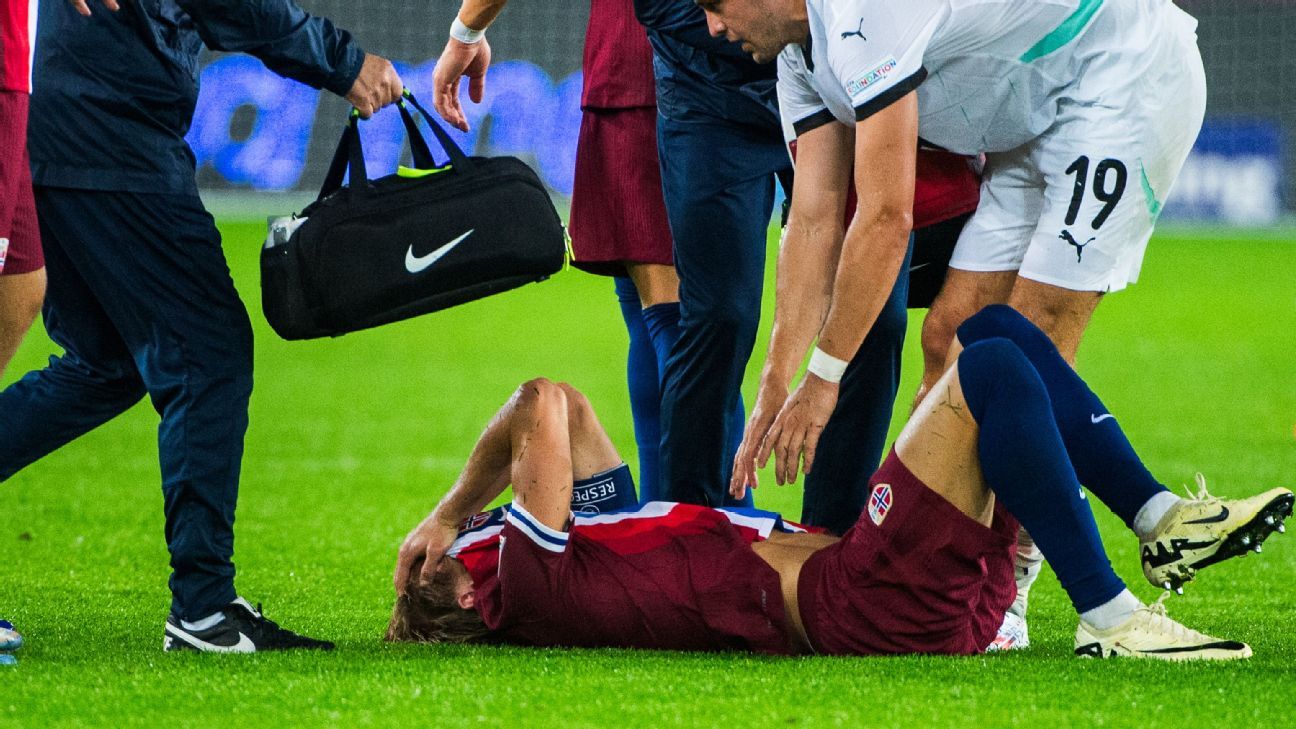Lostroh tells how bull riding became a team sport
Kody Lostroh, 2009 PBR World Champion, coaches the New York Mavericks bull riding team. He gave Fox News Digital a rundown of how the recently introduced concept of team competitions works in the sport.
Kody Lostroh knows a thing or two about competing in what is often referred to as “the most dangerous eight seconds in sports.”
The former professional bull rider was very successful during his years competing. In 2009, he was Professional Bull Riding (PBR) World Champion, and in 2024, Lostroh was inducted into the Bull Riding Hall of Fame.
Since his retirement from bull riding, Lostroh remains involved in the sport and now takes on the role of coach. He is currently the head coach of the New York Mavericks, a team that debuts in the PBR this season.
Kody Lostroh, once a professional bull rider, is now the coach of the 2024 New York Mavericks. (Photos by Andy Watson/Watson Rodeo and BullStock Media)
THE BASICS OF BULL RIDING: A LOOK AT THE '8 MOST DANGEROUS SECONDS IN SPORTS'
Lostroh spoke with Fox News Digital in a Zoom interview about how the team concept has affected the PBR and provided insight into the training that goes into being a bull rider.
“PBR teams is a pretty new concept that just started. We're in our third season,” Lostroh told Fox News Digital.
Since its inception in 1992, the PBR has focused on individual bull riders. In 2022, the team element was added to the sport, providing a new factor that has proven to be exciting for fans across the country.
“This team sport was launched simply to give people another option to get involved as fans,” Lostroh said. “Now, it's a five-on-five head-to-head game between one team and another. So, five guys from one team will travel, five from the other team, back and forth, and the team with the highest cumulative score wins.”
“It's an interesting concept, but at the end of the day, it's still man versus beast, and the guy has to do his job, but now you have a teammate who depends on you as well,” Lostroh added.
'LAST COWBOY STANDING': BEHIND THE SCENES IMAGES SHOW THE EXTREME PHYSICAL TOLL ON BULL RIDERS
When it comes to the rules for team and individual bull riding, fans can expect the same to apply.
“Eight seconds on the bull, 50 points for how hard the bull resists and 50 points for how well the rider rides,” Lostroh said.
That being said, fans can anticipate a little different atmosphere at these team events.
“The rules of bull riding are still the same, it's just the format is a little different, but it gets pretty intense,” he said.
With the introduction of the teams, Lostroh said fans really get involved with the team they support and there is a lot of excitement at the events from the stands, which directly affects the riders and “drives the sport forward.”
Training a sport like this is different from any other. According to Lostroh, an athlete needs to ride about 100 bulls to become familiar with what is happening around him while riding.
“The first time I get on a bull, I can only speak from my own experience, but it's chaos. Things happen fast. You usually pass out. You don't know where the bull went, what you did, what went wrong, what happened. well, but eventually that starts to diminish,” Lostroh said.
While some take the beginner's approach of jumping on and hoping for the best, Lostroh said this is not the most effective way to learn. Rather, it's more about riding a horse bareback before getting on a bull to familiarize yourself with the feel of the animal beneath you.
When it comes time to train in a professional environment, the way each team and each rider prepares will be a little different.
“Training in the world of bull riding can vary a lot depending on who does it, but the days of old cowboys drinking beer and having a big party all the time and then riding bulls are over,” Lostroh said.
He added that cyclists actively take care of themselves by eating healthy, exercising and training, not only for riding but also for the mental aspect.
“You're not going to see guys training to get big and bulky and super strong because no matter how strong you are, you're never going to be stronger than a bull,” Lostroh said. “So we have to rely on the things we are good at. We can be quicker, quicker and more reactive.”
BULL RIDING BRINGS NEW SPORT TO NEW YORK: MATT WEST
Bull riders have time to prepare for practicing bulls outside of competition, but factors like the age of the rider, for example, influence how often they ride bulls for practice.
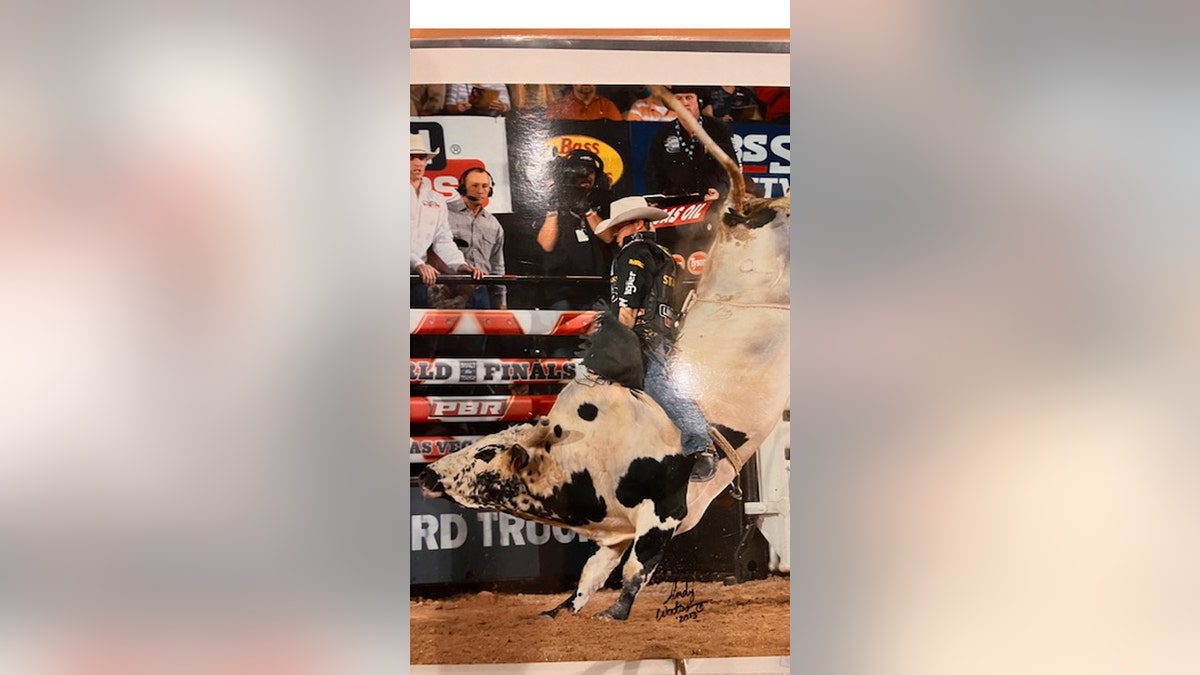
Kody Lostroh gave Fox News Digital an inside look at the training that goes into being an athlete in this dangerous sport. (Photos by Andy Watson/Watson Rodeo and BullStock Media)
“Usually, most guys ride better the more bulls [that] They are getting along well. So practice the bulls during the week, whether it's one, two, three, whatever it takes for everyone to do their best,” Lostroh said.
“Some need a little more than others, so that's usually a weekly thing. But also, some of the older guys who have been injured – and our main goal is to keep them healthy – they may not see as many practice bulls,” he said. . aggregate.
When event days roll around, Lostroh said riders ideally operate on autopilot, trusting in all the work they've put into training.
“Ideally, in the resistance conduit we wouldn't feel or think anything,” he said. “We trust our training, we trust our instincts and we're going for it.”
CLICK HERE TO GET THE FOX NEWS APP
Although this is how things go in a perfect scenario, the sport is very unpredictable and dangerous, so things don't always go as planned.
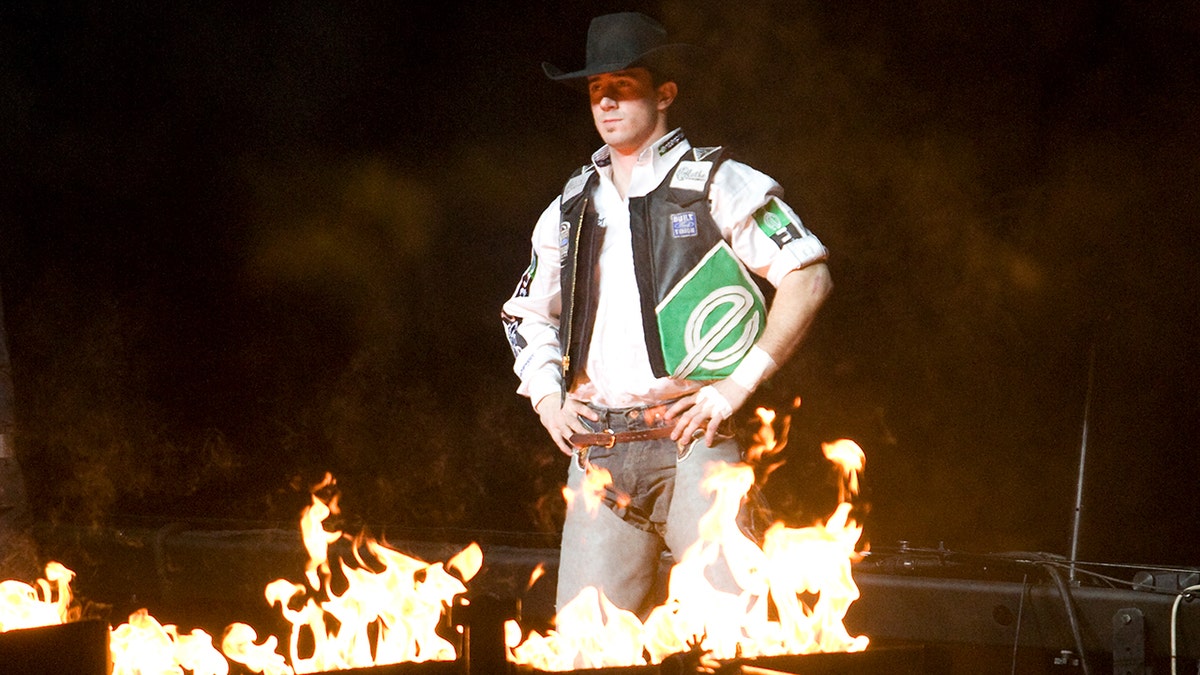
Kody Lostroh has used everything he's learned from his years riding bulls, including a championship title in 2009, to help Mavericks riders reach their full potential. (Alison Scott/Corbis via Getty Images)
“Sometimes when things go wrong, when you have difficulties on a trip, it seems like the longest, hardest thing you've ever done in your life,” he said before noting that a victory makes it all worth it.
Lostroh and assistant coach Ednei Caminhas are preparing the New York Mavericks for their PBR debut on August 9-10 at Barclays Center in Brooklyn.
All of Lostroh's years of riding have allowed him to share everything he has learned with current riders to contribute to their success. He not only hones the physical skills necessary to ride a bull, but also the mental toughness, which is equally important.
“There are a lot of unknowns in this sport because it's just you and the bull, and the bull changes every time,” Lostroh said. “Skills they can learn and be good at, but that six-inch space between the ears is what determines the winners from the losers.”

